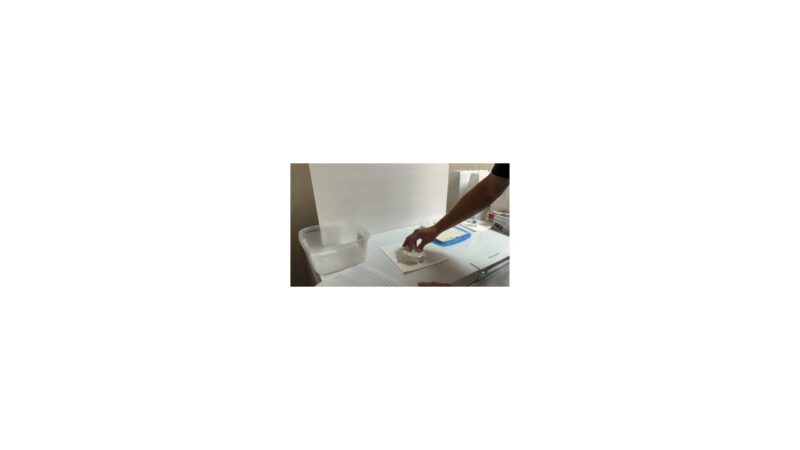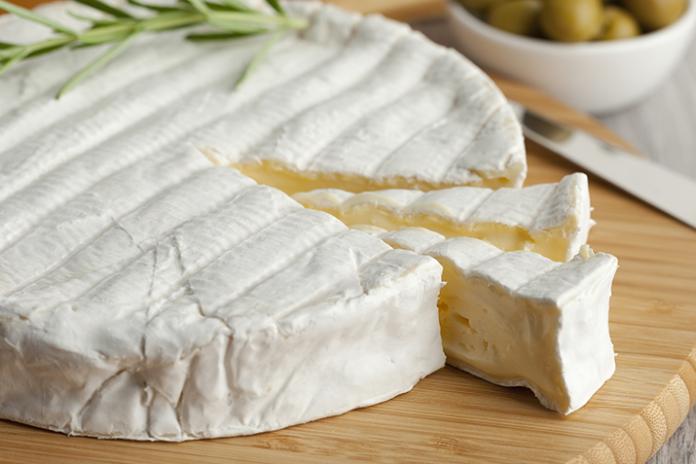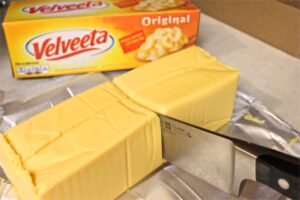I’ve always had a deep appreciation for the rich, creamy taste of Brie cheese.
However, I learned the hard way that proper storage is crucial for maintaining its flavor and texture.
Improper storage can lead to mold growth or a loss of that distinctive taste, making all the difference between a delightful treat and a disappointing experience.
Basic Principles of Cheese Storage
When it comes to storing Brie cheese, temperature is a critical factor. I’ve found that keeping my fridge at an ideal temperature of 5-8°C (41-46°F) is perfect for preserving the cheese’s quality.
This range helps maintain the cheese’s texture and prevents it from spoiling too quickly.
Humidity is another important aspect. I remember once storing my Brie in a fridge that was too dry; it quickly became hard and unappetizing.
To avoid this, I now ensure my fridge maintains a balanced humidity level, around 80-90%. This keeps the cheese moist without promoting unwanted mold growth. Air circulation is also key.
I used to wrap my Brie tightly in plastic wrap, thinking it would keep it fresh. Instead, it stifled the cheese, leading to spoilage.
Allowing Brie to breathe is essential, as it prevents the buildup of excess moisture and helps maintain its delicate flavor.
I’ve learned to give it some space in the fridge, not cramming it among other items, ensuring it stays in prime condition.
Wrapping Brie Cheese

When it comes to wrapping Brie cheese, choosing the right materials is vital for maintaining its delicate flavor and texture.
I’ve experimented with various options and found that cheese paper or wax paper works best.
These materials allow the cheese to breathe while protecting it from excessive moisture.
Plastic wrap is a common choice but is not recommended as it can trap moisture and cause the cheese to spoil faster. Beeswax wraps are a great sustainable option, providing a balance between breathability and protection.
Here’s a detailed guide on how I wrap my Brie to keep it in the best condition.
- Remove Original Packaging: First, I always take the Brie out of its original plastic packaging.
- The plastic can suffocate the cheese and promote mold growth, which quickly diminishes the quality.
- Removing the original packaging is crucial to allow the cheese to breathe properly.
- Prepare Wrapping Material: Next, I cut a piece of cheese paper or wax paper large enough to wrap the entire cheese.
- It’s important to have enough paper to cover it completely.
- The paper needs to be large enough to fold over the cheese and secure it properly without leaving any gaps.
- Wrap the Cheese: Placing the Brie in the center of the paper, I fold the sides over the cheese, ensuring a snug fit.
- I start by folding the edges of the paper over one side, then continue folding and tucking in the paper until the cheese is fully enclosed.
- This wrapping technique allows the cheese to breathe while keeping it protected.
- Ensuring a snug fit is essential to maintain the right balance of airflow and moisture control.
- Label the Cheese: I use a non-toxic pen or a sticky label to write the cheese name and the use-by date on the wrapped package.
- This helps me keep track of its freshness.
- Labeling is an often-overlooked step, but it’s very useful for monitoring the cheese’s age and ensuring it’s consumed at its peak.
- Storing Wrapped Cheese: Finally, I place the wrapped Brie in the crisper drawer of my fridge.
- This area typically has a more consistent temperature and humidity, ideal for cheese storage.
- The crisper drawer helps maintain the appropriate environment for the cheese, preventing it from drying out or becoming overly moist.
- Ensuring the cheese is stored in a stable environment is key to preserving its flavor and texture.
Using this method, I’ve been able to keep my Brie cheese fresh and delicious for longer periods. The right wrapping technique makes a significant difference in how well the cheese retains its quality.
Alternative Wrapping Methods
Over time, I’ve discovered a few alternative wrapping methods that also work well for Brie cheese. Each method has its own benefits, depending on what I have available at home.
- Parchment Paper:
- Parchment paper allows the cheese to breathe while preventing excessive moisture buildup.
- It’s a good option if I don’t have cheese paper or wax paper on hand.
- I wrap the Brie in parchment paper similarly to how I use cheese paper, ensuring a snug fit.
- Wax Paper:
- Wax paper is another excellent option for soft cheeses like Brie.
- It provides a similar level of breathability and moisture control as parchment paper.
- I often use wax paper if I have it available, and it works just as effectively.
- Cheese Storage Bags:
- I recently discovered specialty cheese storage bags, and they’ve been a game-changer.
- These bags are designed to offer a perfect balance of humidity and air circulation.
- They are a bit more expensive than regular wrapping materials, but they’re worth it for the extended freshness they provide.
- I place the Brie in one of these bags and seal it, then store it in the fridge.
- It’s a convenient and reliable method, especially if I’m storing multiple types of cheese.
Each method has helped me maintain the quality of my Brie cheese, ensuring it stays fresh and flavorful for as long as possible. But I must say that parchment paper is my favorite by far.
I am Gert De Wall, I am behind “KellyToups.com,” my cooking blog that has garnered a following thanks to its delicious recipes, insightful food tips, and engaging storytelling.
My passion for culinary arts and knack for making complex dishes accessible to home cooks have allowed me to carve out a niche in the crowded world of food blogging.
Outside the kitchen, I love exploring local farmers’ markets, experimenting with new ingredients, and traveling to discover regional cuisines.


